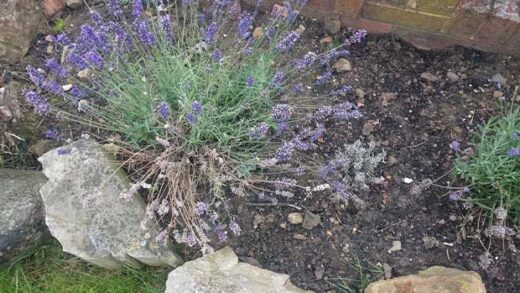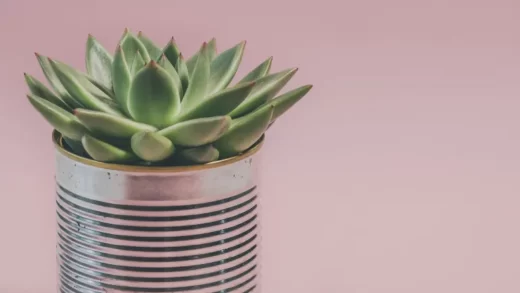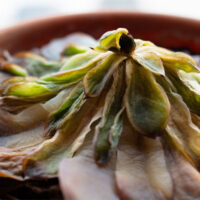It is crucial that you have control over your environment when it comes to indoor growing. To accomplish this, you need a reliable ventilation system for grow room.
Your plants’ growth depends on ventilation. By supplying fresh air from outside your grow tent, you provide CO2 for your plants, driving their photosynthesis. At the same time, venting the interior air will control temperature and moisture buildup, preventing mold and mildew from developing on your plants’ leaves and impeding growth.
We’re going to provide some helpful advice for enhancing the ventilation and circulation in your grow room or tent. But let’s begin with the fundamentals first.
What Inline Fan Size Do I Need?
The amount of airflow needed to ventilate different grow spaces varies according to their sizes. For the best plant growth, your grow space must exchange the stale air inside with fresh air from the outside. CFM, or cubic feet per minute, is used to express this number.
Find the grow space’s volume in cubic feet to determine the required airflow. The measurements for grow tents are typically given to you in inches, so convert those measurements to feet. the product of the length, width, and height. Your grow space’s volume will be the same as this, and the necessary airflow will be expressed as a number of cubic feet per minute or CFM. The formula appears as follows:
For instance, a grow tent that is 48 inches by 36 inches by 72 inches in feet would be a grow tent that is 4 inches by 3 inches by 6 inches. Multiplying the dimensions together would equal 72 ft3. The base CFM for this grow tent is 72 because the volume of a grow space determines how much air must be blown through it each minute. Keep track of this figure because you’ll need to adjust it for the ducting, carbon filter, and any additional accessories you might add.
How To Setting Up Ventilation System?
There are several ways to connect the carbon filter’s inline fan to the exhaust port.
Depending on how your lights are hanging and the type of grow lighting system you’re using—does it employ a reflector or not—you’ll need to set it up precisely.
Don’t worry, setup and configuration make sense when your tent and ventilation components are in front of you.
For LED, CMH, and Fluorescent users, you won’t have a reflector you’ll have to connect to. You guys will have no trouble setting up.
- Step 1: Since your inline fan will hang just a few inches from the ceiling, attach it to one of the extra ceiling bars that came with your grow tent. Adjustable rope clip handles work great for this.
- Step 2: Fit the inline fan into the exhaust hole by sliding it there, or, for added convenience, attach your inline fan to the ducting that can be run through the exhaust hole and out the other side.
- 3. Hang your carbon scrubber. It probably came with ropes for hanging.
- Step 4: Connect the carbon scrubber to the inline fan so that the fan is drawing air through the scrubber. You can use ducting or just connect them if they are the same size.
- Step 5: Verify that the components are arranged correctly: Passing through the lights and up into the filter, outside air is passively drawn in through the bottom intake ports, where it is then forced through the inline fan and out the exhaust holes.
Also Read: Grow Room HVAC Systems
Heat And Humidity Are Important In Grow Room
You will need to use alternative heat-removal techniques if, after setting up a conventional in-line fan and carbon filter setup, temperatures continue to rise above your desired level (roughly 78-90°F for seedlings and 72-76°F for mature plants).
Temperatures above 85ºF or below 55ºF will stunt plants, even if CO2 is being injected into the grow room. The difference between open loop and closed loop ventilation systems’ approaches to humidity control must be noted.
The use of an “air-cooled” reflector in open loop systems is one method of directly ventilating the lighting. These reflectors have ducting ports so that they can be connected to regular flexible ducting and ventilated by an additional in-line fan.
The temperature of the room will drop significantly once the hot air produced by the lights is removed.
In cases of extreme heat, air conditioning is another choice. We offer a variety of air conditioning models, with mini-split units being the most popular.
Controlling humidity is also crucial for an indoor garden. You will need a range of humidity levels depending on the stage of plant development.
It will be much better for your environment if you use a dehumidifier to directly control the humidity in the space. Small portable grows tent units to high-end commercial dehumidifiers are all available from us.
We also have complete guides on how to deal with humidity in grow tents and dealing with heat in grow tents. We advise you to check out both before developing a strategy for controlling your environment
Related Reading: Grow Room Watering System.

















